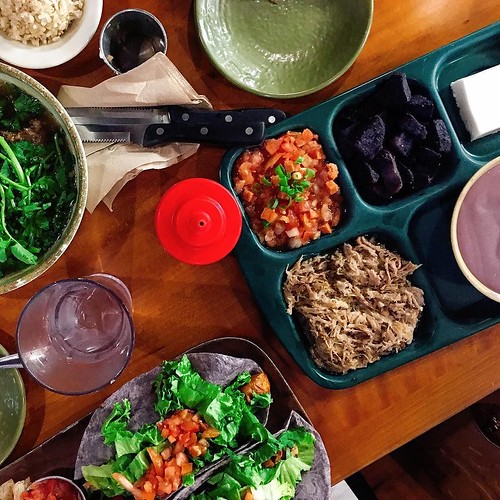These kinases can be further modulated by their assembly with scaffold proteins [six,seventeen] of which the greatest known are the JIP protein family [18], thus contributing to attain the specificity of specific biological outcomes, relying on mobile kind [6]. JIP1 interacts with upstream parts of the c-Jun pathway in the cytosol, specifically JNK, MKK7 and some customers of the MLK family [19,twenty], and has been implicated in the cell response to oxidative anxiety [21,22] the regulation of apoptosis in neural cells[23,24] the reaction to some cytokines, this sort of as IL-1b or TNF-a [1] and with pathological conditions such as Alzheimer disease [2,three] and variety two diabetic issues [4]. The balances among positive and negative responses determine the biological results induced by this cytokine [25,26]. Not too long ago modulation of signaling cascades with other interacting proteins is obtaining much more relevance, as is the case in the STAT pathway [27] and in NFAT responses [28]. In the kinome there is a novel family members of serine-threonine kinases composed by three members, the VRK (vaccinia-associated kinase) [29], which are probably to have important biological roles in mobile signaling. These kinases are expressed in several cell varieties [thirty,31], but their integration in new signaling pathways, or their effect in the context of acknowledged pathways are not yet acknowledged. As a result VRK1, the much better known member [32], appears to be implicated in the cellular response to cellular pressure based on the mother nature of its substrates, p53 [31,33] forming an autoregulatory circuit [34], transcription variables ATF-two [35] and c-Jun [36], and Baf [37,38] essential for nuclear envelope assembly. The VRK2 gene can generate by option splicing two isoforms, A and B, of 508 and 397 aminoacids respectively that vary in their C-terminal location. The VRK2A isoform, expressed in all mobile types, has a C-terminal hydrophobic tail that anchors it to the endoplasmic reticulum and mitochondria [39,forty]. The unusual VRK2B isoform, which can also stabilize p53 [forty], lacks the membrane-anchor region and is detected in the two cytosol and nucleus. VRK2B expression is quite limited to mobile kinds in which VRK1 is cytosolic and therefore functionally replaces it in the nucleus [40]. VRK3, an additional member of this kinase loved ones, inactivates ERK signaling by a mechanism independent of its kinase activity but dependent on protein-protein interactions, selling the interaction between ERK and its particular phosphatase VHR [41] In this report we have researched the function of VRK2 in JNK pathway in reaction to IL-1b, which implicates the activation of cJun transcription factor  [forty two,forty three] by way of TAK1 [436]. VRK2 protein stably interacts with the JIP1 scaffold protein and TAK1 downregulating the indicators transmitted by JNK, with no affecting the interaction with the other kinases of 19065574the sophisticated, which can have NBI-56418 broader implications in the context of cell responses mediated by MAP kinases.
[forty two,forty three] by way of TAK1 [436]. VRK2 protein stably interacts with the JIP1 scaffold protein and TAK1 downregulating the indicators transmitted by JNK, with no affecting the interaction with the other kinases of 19065574the sophisticated, which can have NBI-56418 broader implications in the context of cell responses mediated by MAP kinases.
To decide if VRK2 proteins can have an impact on the cellular reaction to interleukin-1b (IL-1b) an original technique primarily based on RNAi was used to evaluate if the change in intracellular ranges of human VRK2 protein could modify the mobile response to IL-1b. For this goal 3 shRNA certain for human VRK2 have been made, but only two of them could minimize the endogenous VRK2 protein, equally the widespread A and the exceptional B isoforms, in HeLa cells (Fig. 1A). Following it was established if the transcriptional reaction of HeLa cells to IL-1b was affected by the VRK2 shRNA employing the, pAP1-Luc reporter plasmid that responds to c-Jun or ATF2 activation by homo or hetero-dimerization [36]. In nonstimulated cells the two shRNA for VRK2, p-shRNA-VRK2-230 and p-shRNA-VRK2-1335, that induced a reduction in protein amount, had been also in a position to enhance the basal amount of the AP1dependent transcription (Fig. 1B, still left).